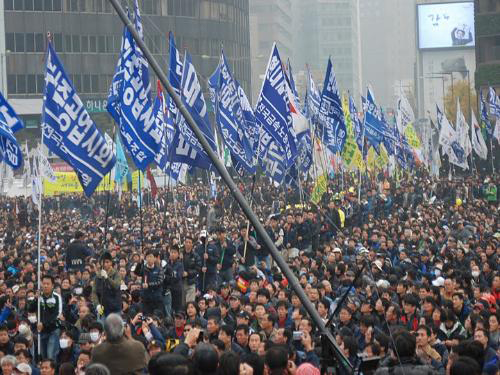| << Chapter < Page | Chapter >> Page > |

Sociologists study social events, interactions, and patterns. They then develop theories to explain why these occur and what can result from them. In sociology, a theory is a way to explain different aspects of social interactions and to create testable propositions about society (Allan 2006).
For example, early in the development of sociology, Émile Durkheim was interested in explaining the social phenomenon of suicide. He gathered data on large groups of people in Europe who had ended their lives. When he analyzed the data, he found that suicide rates differed among groups with different religious affiliations. For example, the data showed that Protestants were more likely to commit suicide than Catholics.
To explain this, Durkheim developed the concept of social solidarity. Social solidarity described the social ties that bind a group of people together such as kinship, shared location, or religion. Durkheim combined these concepts with the data he analyzed to propose a theory that explained the religion-based differences in suicide rates. He suggested that differences in social solidarity between the two groups corresponded to the differences in suicide rates.
Although some have disagreed with his methods and his conclusions, Durkheim's work shows the importance of theory in sociology. Proposing theories supported by data gives sociologists a way to explain social patterns and to posit cause-and-effect relationships in social situations.
Theories vary in scope depending on the scale of the issues they are meant to explain. Grand theories , also described as macro-level , are attempts to explain large-scale relationships and answer fundamental questions such as why societies form and why they change. These theories tend to be abstract and can be difficult if not impossible to test empirically. Micro-level theories are at the other end of the scale and cover very specific relationships between individuals or small groups. They are dependent on their context and are more concrete. This means they are more scientifically testable.
An example of a micro-theory would be a theory to explain why middle-class teenage girls text to communicate instead of making telephone calls. A sociologist might develop a hypothesis that the reason they do this is because they think texting is silent and therefore more private. A sociologist might then conduct interviews or design a survey to test this hypothesis. If there is enough supportive data, a hypothesis can become a theory.
Sociological theory is constantly evolving and should never be considered complete. Classic sociological theories are still considered important and current, but new sociological theories build upon the work of their predecessors and add to them (Calhoun 2002).

Notification Switch
Would you like to follow the 'Introduction to sociology' conversation and receive update notifications?